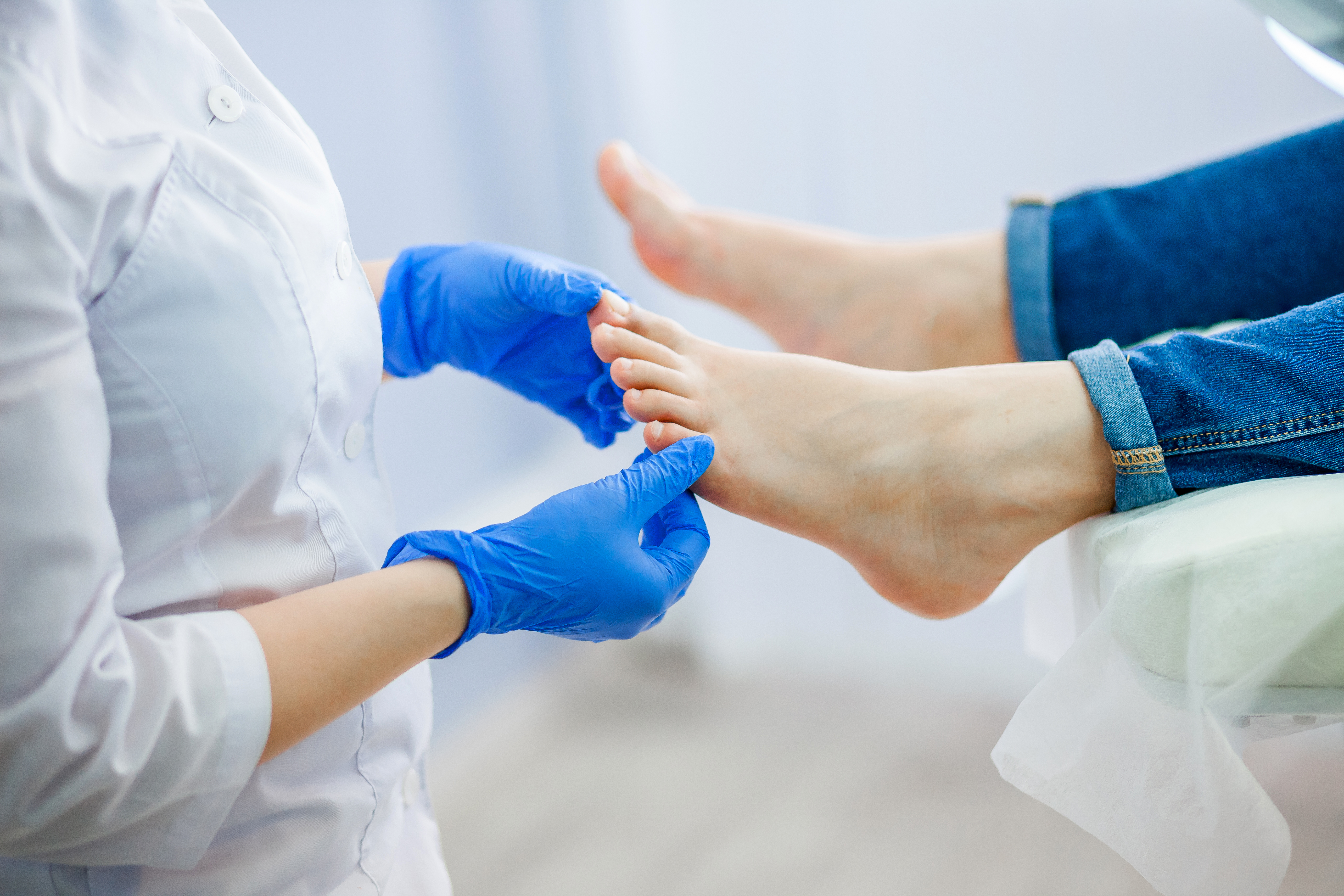

Biomechanics is a concept that refers to how biological structures work together. These structures can be composed of tissues, bones, ligaments and muscles. A biomechanical exam for orthotics is often required to detect pathologies, misalignments or deformities. It is a valuable tool for the chiropodist to determine a treatment plan. Here is what a biomechanical exam consists of and the benefits it offers to patients.
What is a biomechanical exam?
A biomechanical exam consists of observing the patient’s musculoskeletal structure in movement and static position. This exam considers constraints exerted by the ground and gravity on the body, including the feet. A chiropodist can assess the pressure points, the axis of the articular movements, the flexibility of the patient and the amplitude of their movements. All these aspects can be recorded with sensors placed on the floor and using cameras with the patient. The chiropodist can also take measurements of the patient. Depending on the results obtained during the session, an X-ray exam may be requested. If there are doubts about the state of the ligaments or muscles, an ultrasound may also be recommended.
When a biomechanical exam is used
A chiropodist evaluates the need for a biomechanical exam based on the patient’s condition and if they believe it is necessary for prevention. Patients with balance problems or difficulty walking often benefit from a biomechanical exam. A biomechanical exam allows healthcare professionals to verify the cause of the patient’s pain in their feet, legs, hips and back.
The technologies used allow the identification of asymmetry, abnormal limb positioning, dominant foot tests and joint dysfunctions. A poorly healed injury, limbs of different lengths, or localized tensions can also be detected, thanks to this evaluation. A biomechanical exam is used for anyone who wants to improve their posture and regain comfort in their mobility. Parents can have their child examined if they observe abnormalities or if the child complains of fatigue and pain. This biomechanical exam aims to help determine the best chiropody treatment plan to rectify the patient’s condition.
The types of biomechanical exams
A biomechanical exam can be adapted to each patient’s pathology. It can focus on the foot’s posture when walking, sitting, or even lying down. The example also captures the particularities of the foot’s functioning to make custom orthotics or to create a chiropody treatment plan tailored to the patient’s condition.
The session begins with a mechanical and visual observation of the foot. This first phase allows the chiropodist to check the joints and skin. These can impact the patient’s comfort when walking. For example, corns, calluses, or warts can cause pain and lead the patient to change their posture. The toes are also checked for malformations (hammertoes or bunions on the toes).
During the foot exam, the patient’s walking pattern is observed while recording the pressure exerted on the ground by the different areas of the foot. The chiropodist can identify if a plantar anomaly is present (hollow feet or flat feet, for example). Muscle weaknesses and the compensatory effects these have on the body are noted during the session. At the same time, a camera can film the patient’s gait to check the alignment of their feet, legs, pelvis and back. A treadmill can also be used. A computer records all of the patient’s movements so that the healthcare professional can analyze them. The patient can also access the results, which the chiropodist will explain in greater detail. This ensures a good understanding of the condition to be treated and the need to follow the care plan afterwards.
Finally, the results of the biomechanical exam can also be used to manufacture custom orthotics. The results are sent to the orthotics laboratory, which manufactures the orthotics. A biomechanical exam for orthotics will be required to ensure that they are helping the patient and correcting their posture. A follow-up biomechanical exam for orthotics is crucial for the treatment to work.
Preparing for a biomechanical exam
The session takes place in the observation lab and may last between forty and sixty minutes. The patient is asked to dress in a way that allows them to walk, run or sit. Loose, short pants are usually recommended. The clothing should allow the healthcare professional to observe the lower limbs and take necessary measurements. Having any X-rays and imaging results on hand is also very important. Informing the chiropodist of the patient’s medical and family history will help clarify the analysis results and better understand the patient’s problems.
The advantages of the biomechanical exam
A biomechanical exam is instrumental in assessing the cause of pain that may not always be easily evaluated. It is a painless test that can be adapted to the patient’s condition and abilities. The results are precise and quick to obtain so that the chiropodist can confirm or clarify hypotheses observed with the naked eye or by palpation. The chiropodist can prescribe the most effective chiropody treatment possible thanks to the biomechanical exam. To make custom orthotics, digital images remain the most efficient and reliable process; the images capture the foot’s complete morphology—something a traditional plaster cast can’t always accomplish.
Contraindications of a biomechanical exam
There are few contraindications to a biomechanical exam since it is non-invasive and adapted to the patient. The only discomfort that may be potential fatigue. Do not hesitate to mention your pain and discomfort during the session; the goal is to prevent your condition from worsening.
Consulting a chiropodist for foot problems
Pain in the legs and feet can become incapacitating on a daily basis. FootNetwork’s chiropodists can assess your condition to provide the most appropriate treatment and advise you on lifestyle changes. Contact us to make an appointment.

